|
Today in New Orleans History |
|
|
March 2



 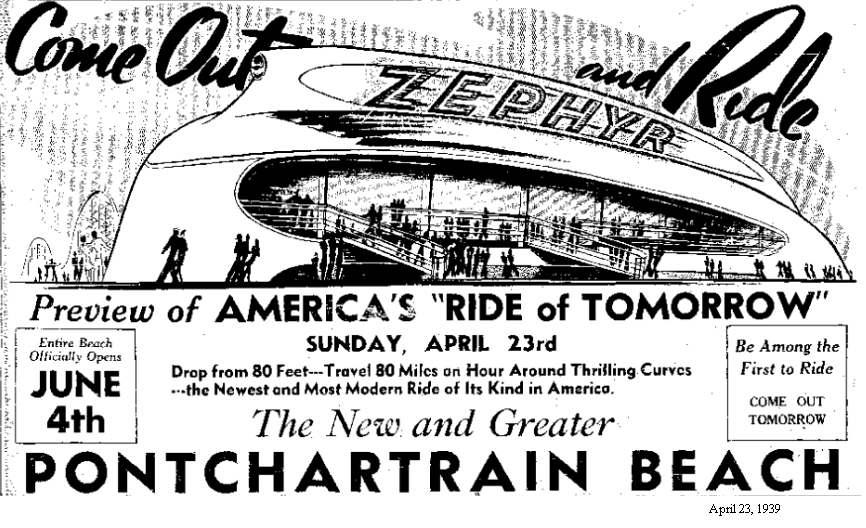
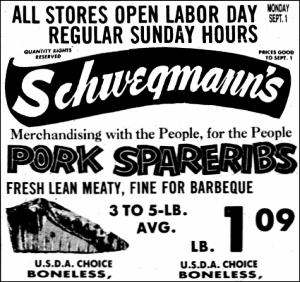
To receive an update for each day in New Orleans
history, join our facebook page
- Today in New Orleans History
Baseball Great Mel is Born in Gretna Gretna born right fielder Mel Ott set the National
League Baseball record for most walks in a doubleheader with six, on October 5, 1929 and did it again on April
30, 1944. When he appeared on the July 2, 1945 edition of Time Magazine the cover story included “In 1941 Brooklyn won
the pennant and the Giants got a new manager: Melvin Thomas Ott, the club's slugging right fielder with a peculiar but potent
cocked-leg stand. The feud was and still is in flower, but hard as they tried, the Flatbush faithful could not hate stumpy,
boyish Mel Ott. A soft spoken, brown-eyed little (5 ft. 9 in.) guy with a passive Southern accent and an active taste
for Crayfish Bisque New Orleans style, Playing Manager Mel has long been a favorite of fans everywhere. More important than
his batting records, he had something that made people like him." Melvin
Thomas Ott was born on March 2, 1909 and later nicknamed "Master Melvin". played his entire career for the New
York Giants (1926–1947). In his 22-season career, Ott batted .304 with 511 home runs, 1,860
RBIs, 1,859 runs, 2,876 hits, 488 doubles, 72 triples, 89
stolen bases, a .414 on base percentage and a .533 batting average.
He was the first National League player to surpass 500 home runs. 1946 BILL DICKEY AND MEL OTT CHESTERFIELD Display Advertisement Mel Ott managed the New York Giants for seven
years between 1942 and 1948. It was in reference to Ott's supposedly easy-going managing style that then-Dodgers manager
Leo Durocher made the oft-quoted and somewhat out-of-context comment, "Nice guys finish last!" Ott was the first
manager to be ejected from both games of a doubleheader, when the Giants lost both games
to the Pittsburgh Pirates on June 9 1946. His number "4"
was retired by the Giants in 1949, and it is posted on the facade of the upper deck in the
left field corner of AT&T Park. He was selected to the Baseball Hall of Fame in
1951 with 87% of the vote. After
his playing career was over, Ott broadcast baseball on the Mutual radio network in 1955. From 1956 to 1958, Ott teamed with
Van Patrick to broadcast the games of the Detroit Tigers on radio and television. Ott
died in an auto accident, which also seriously injured his wife, on November 21, 1958
in New Orleans. He is interred in Metairie Cemetery. He is remembered
in his hometown of Gretna, where a park is named in his honor. Since 1959, the National League has honored the
league's annual home run champion with the Mel Ott Award. In the 1989 film Field of Dreams, Ott was one of several deceased players portrayed in farmer Ray Kinsella's
Iowa cornfield. In 2006, Ott was featured on a U.S. postage stamp, as one of a block of four honoring "Baseball Sluggers"
— the others being Mickey Mantle, Hank Greenberg, and Roy Campanella. In announcing the stamps, the U.S. Postal Service
stated, "Remembered as powerful hitters who wowed fans with awesome and often record-breaking home runs, these four
men were also versatile players who helped to lead their teams to victory and set impressive standards for subsequent generations". Ott is also remembered in the name of the Little League of Amherst, New
York which was named for him in 1959. Tulane's Tuts On November 2, 1979, Tulane President Sheldon Hackney announced that Tulane Stadium would
be demolished. The demolition started on November 18, 1979. In the spring of 1979, Tulane Curator
of Art Bill Cullison found two 3000 year-old Egyptian mummies in their wooden sarcophagi under the bleachers. Cullison
had been looking for them. To his knowledge, they had been given to the school (then named University of Louisiana) in 1852
by Egyptologist Doctor Joseph Gliddon who had ceremoniously unveiled them to an audience at the Mechanics Institute near
Common and Dryades streets. He had found a 1938 City Guide which described them as a "young man and a young woman".
Cullison said that they had been on display in Tulane's old Natural History Museum in Gibson Hall unitl it was dismantled
in 1959 and replaced with classrooms. Cullison knew that they were stored in a vault in the stadium but did not know their
exact location. He found a metal structure under the bleachers and suspected it might contain the mummies. He had
more trouble trying to find the key to open it than he did actually locating the vault. When he stepped inside, he found
glass cases through which he first saw the hair and fingernails of the deceased couple. The cases were put on display
in the Special Collections Division of the Howard Tilton Library. "Tulane's Tuts", an apt description by
Dixie Roto writer Elise Martinez in a March 18, 1979 article about them, were moved to the medical school and put under
cold storage. On the day of the unwrapping, Gliddon advertised
his mummies as "Adam and Eve" but at the actual ceremony he claimed not to know their gender, race, or age. The
unwrapping was done under the supervision of New Orleans faculty members of the Medical Department of the University of Louisiana.
The actual unrolling was principally done by doctors Jones, Wedderburn, and Chilto who took 45 minutes to accomplish their
task. The mummy turned out to be female "in a beautiful state of preservation". Gliddon then announced
that at his next lecture he would divulge secrets learned after studying the swathing and inscriptions found on a piece of
papyrus found within the folds of the linen. At his last New Orleans lecture, on March 3, 1852, faculty members of the
university read letters revealing the results of their examinations of the remains and Gliddon announced that he would turn
two mummies over to the school's Museum of Medicine which, in 1880 was located on Common Street between Baronne and Dryades
streets. A later account of Gliddon's mummies tell us that he actually gave them to Josiah Nott, a
University of Louisiana anatomical professor. They remained in the medical school's anatomical library until 1894 when
they were moved (with the school) to the uptown campus and placed in the Museum of Natural History on the third floor of Gibson
Hall. In 1927 there were at the Mid American Research Institute in Didwiddie Hall. They moved back to Gibson hall
in 1930 and from 1955 to 1978 they were placed in a dark, non-climate controlled room under the stadium's bleachers.
In 1982 they moved to the basement of the Howard-Tilton library and more recenlty back to Diwiddie Hall in a special darkened
room where they were studied by anthropologist John Verano. Ground was broken for Tulane stadium on April 7, 1924.
It opened on October 23, 1926 with a seating capacity of roughly 35,000. New Orleans-Item sports
editor Fred Digby popularized the term "Sugar Bowl" in 1927. The first Sugar Bowl game was played there on January
1, 1935, against the Philadelphia Temple Owls. The last was on December 31, 1974 when Nebraska
beat Florida 14-10. In 1947 the stadium was expanded to accommodate 80,985 fans. Lights were installed in 1957. It
was the home of the Saints, from their first game on September 17, 1967 when John Gilliam returned
the opening kickoff 94 yards for a touchdown (but they lost 27-13 loss to the Los Angeles Rams) until December 8,
1974 when they won 14-0 over the St. Louis Cardinals. On November 8, 1970, Tom Dempsey made his record-breaking
63-yard field goal there, pushing the Saints into a 19-17 win over the Detroit Lions. The record attendance of
86,598 was set on December 1, 1973, during the last game played by LSU against Tulane in the Sugar Bowl.
Tulane defeated LSU 14-0, ending a 25-year winless streak against LSU. The last game ever played in Tulane
Stadium was between De La Salleand Rummel on November 1, 1979. The last point scored in Tulane Stadium History
was by Rummel High place kicker Gary Boudreaux. The stadium was under demolition from November 18, 1979 through
June 15, 1980. (Photo by Infrogmation, 1980) |
|
|

To receive an update for each day in New Orleans history,
join our facebook page - Today in New
Orleans History.
Analytics |
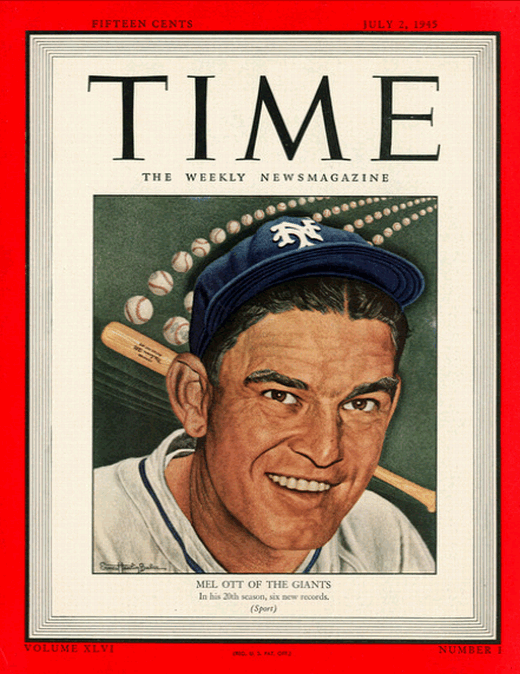
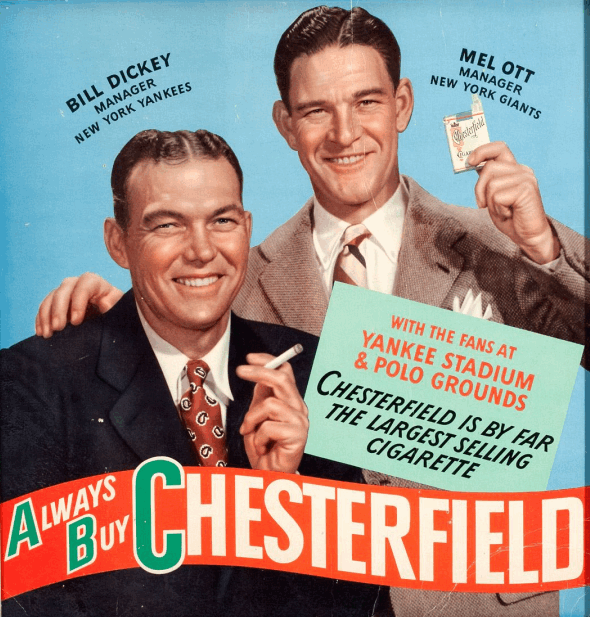
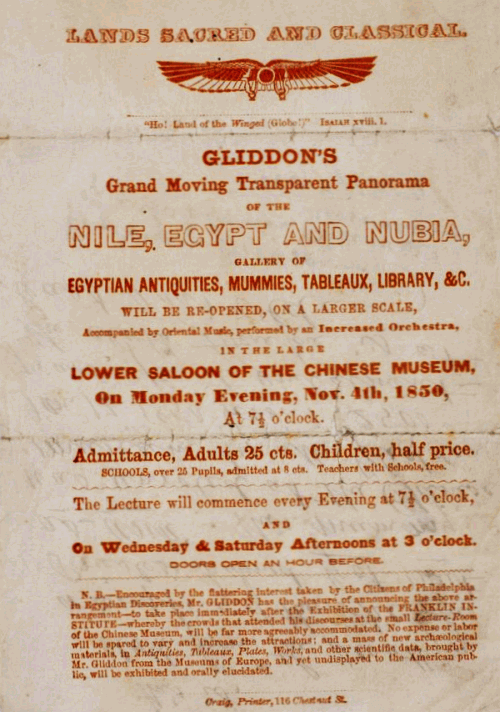 A search of old newspaper articles reveals that Gliddon was a bit of showman who, during the 1850s, took his mummies around
the country to display them to the general public. In Boston in January 1850 he had an "officiating carpenter"
saw a sycamore box in half, lenghwise, to reveal a female mummy to a large audience. In September 1850 he was a subject
a a media blitz when he mistook his male mummy for a female. In 1851 he was in Philadelphia, hawking and displaying
the ancient Egyptians. In January 1852, claiming to be a former U.S. Consul to Cairo, he advertised a series of 12 lectures,
beginning on March 2, 1852, to be held in New Orleans at Lyceum Hall sponsored by the Committees of
the Board of School Directors at which he would discuss and display his mummies and, on February 27, he would
unwrap one of them before the audience. Tickets for one gentleman accompanied by two ladies could be had for $8.00,
which allowed admittance to all 12 lectures (a season ticket, of sorts). For $5.00 one person could attend all lectures.
The unwrapping required an additional 50 cents from season ticket holders or $1.00 from the general public. The handbill
on the right advertises Gliddon's Philadelphia show.
A search of old newspaper articles reveals that Gliddon was a bit of showman who, during the 1850s, took his mummies around
the country to display them to the general public. In Boston in January 1850 he had an "officiating carpenter"
saw a sycamore box in half, lenghwise, to reveal a female mummy to a large audience. In September 1850 he was a subject
a a media blitz when he mistook his male mummy for a female. In 1851 he was in Philadelphia, hawking and displaying
the ancient Egyptians. In January 1852, claiming to be a former U.S. Consul to Cairo, he advertised a series of 12 lectures,
beginning on March 2, 1852, to be held in New Orleans at Lyceum Hall sponsored by the Committees of
the Board of School Directors at which he would discuss and display his mummies and, on February 27, he would
unwrap one of them before the audience. Tickets for one gentleman accompanied by two ladies could be had for $8.00,
which allowed admittance to all 12 lectures (a season ticket, of sorts). For $5.00 one person could attend all lectures.
The unwrapping required an additional 50 cents from season ticket holders or $1.00 from the general public. The handbill
on the right advertises Gliddon's Philadelphia show. 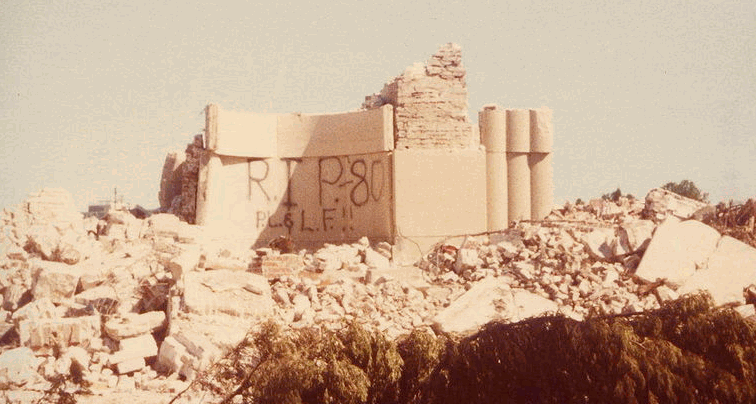 Tulane Stadium was the site of three of the first nine Super Bowls -- Super Bowls IV in 1970, VI in 1972, and IX in 1975.
Super Bowl IX was the final professional league game ever played at the stadium. It would become one of three stadiums which
hosted a Super Bowl and are no longer standing. Tampa Stadium (which hosted two Super Bowls) was demolished in April 1999
and the Orange Bowl (which hosted five Super Bowl games) was demolished in September 2008.
Tulane Stadium was the site of three of the first nine Super Bowls -- Super Bowls IV in 1970, VI in 1972, and IX in 1975.
Super Bowl IX was the final professional league game ever played at the stadium. It would become one of three stadiums which
hosted a Super Bowl and are no longer standing. Tampa Stadium (which hosted two Super Bowls) was demolished in April 1999
and the Orange Bowl (which hosted five Super Bowl games) was demolished in September 2008. 
